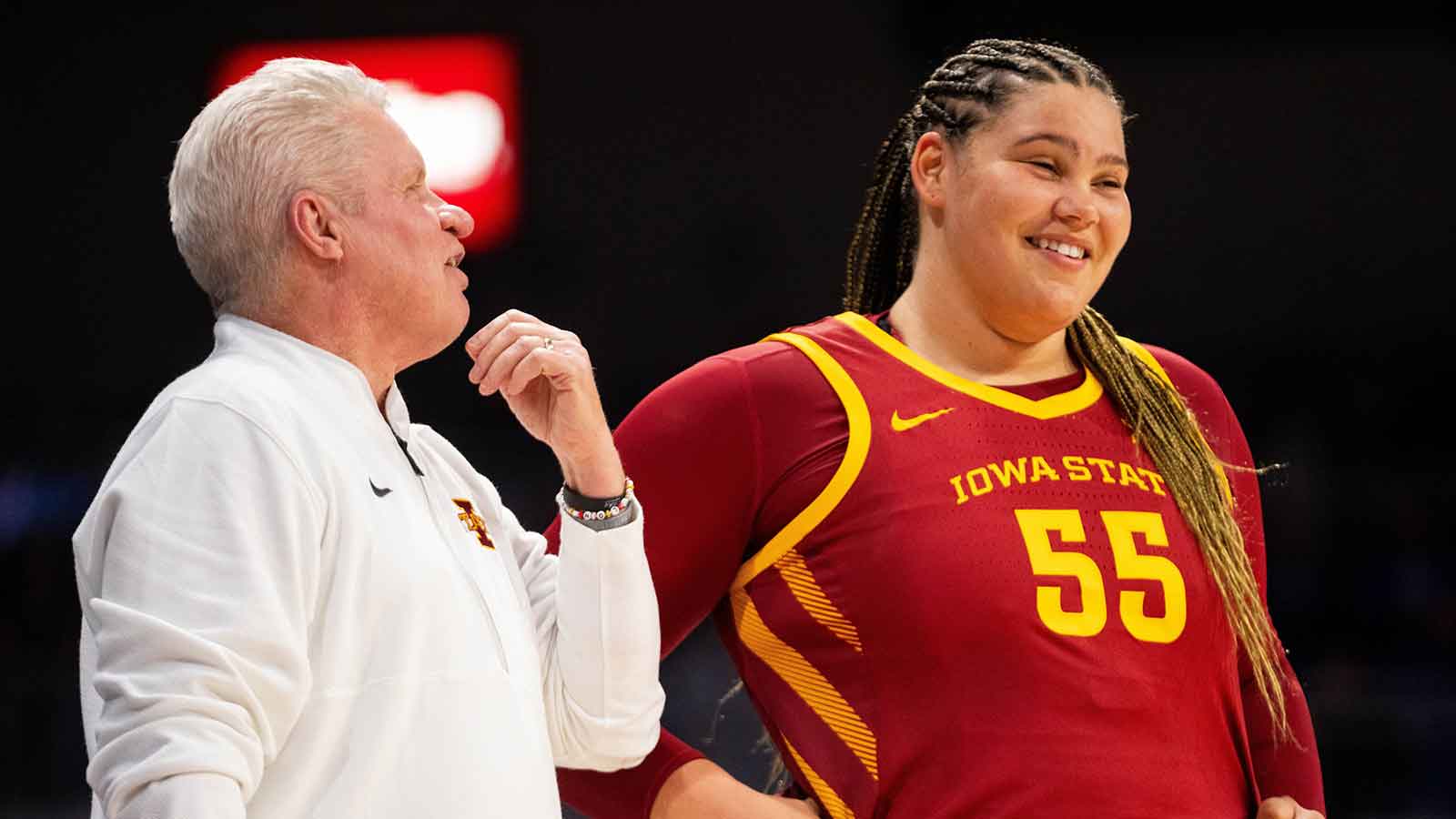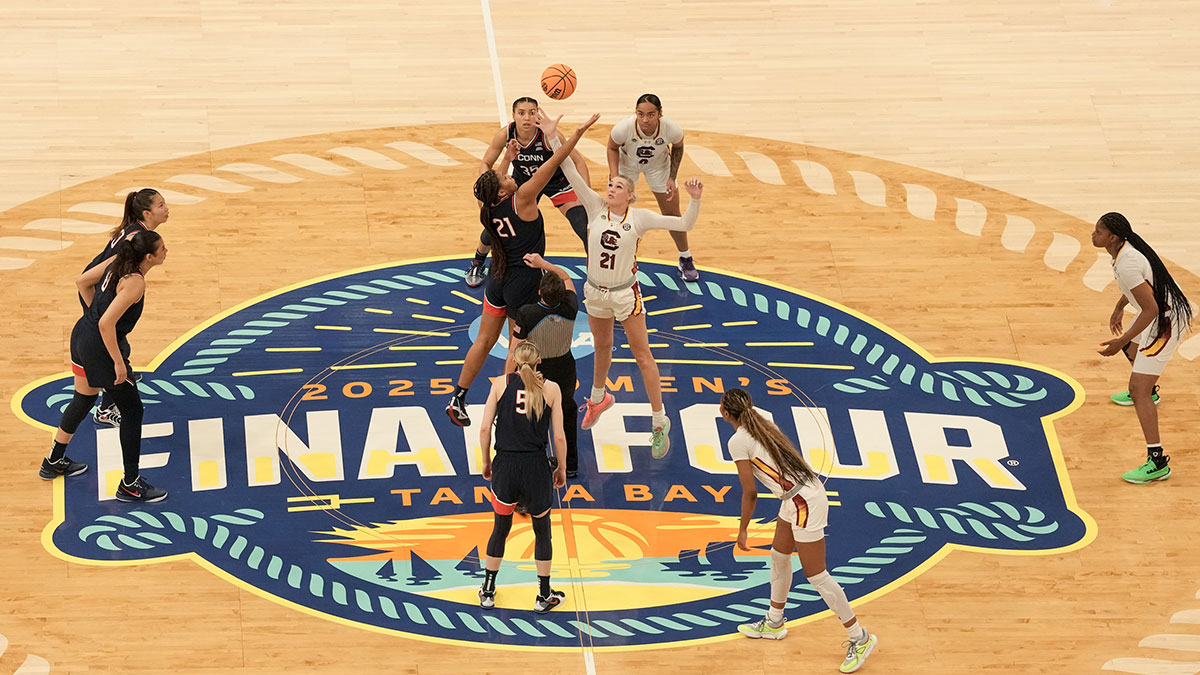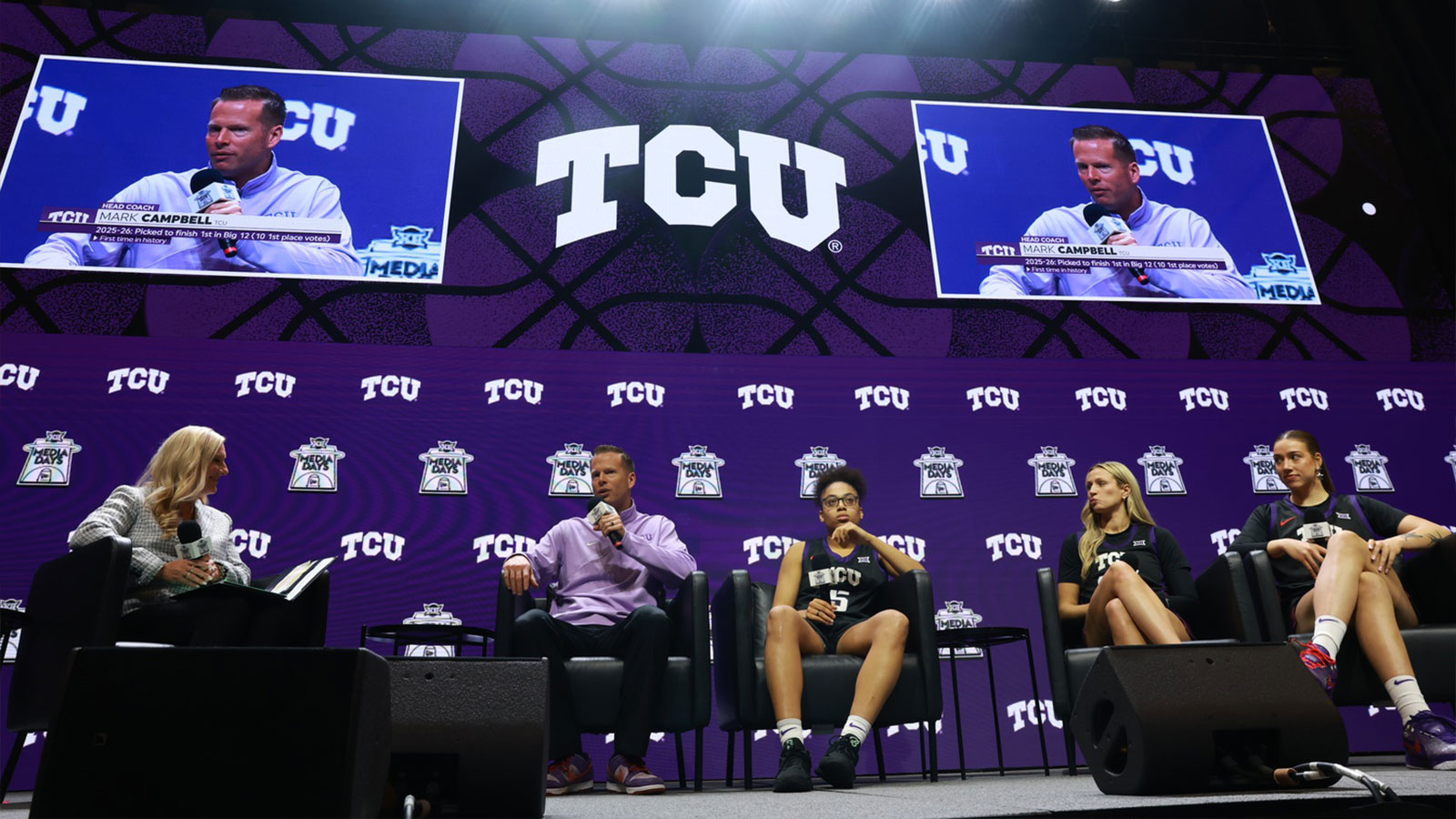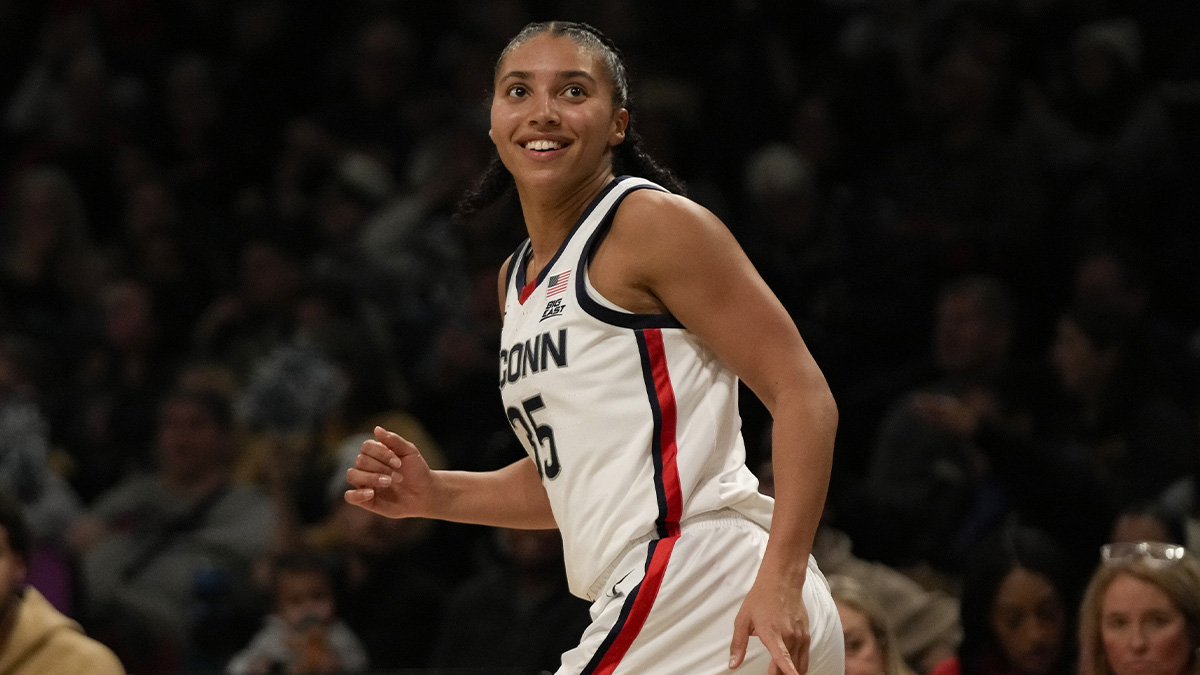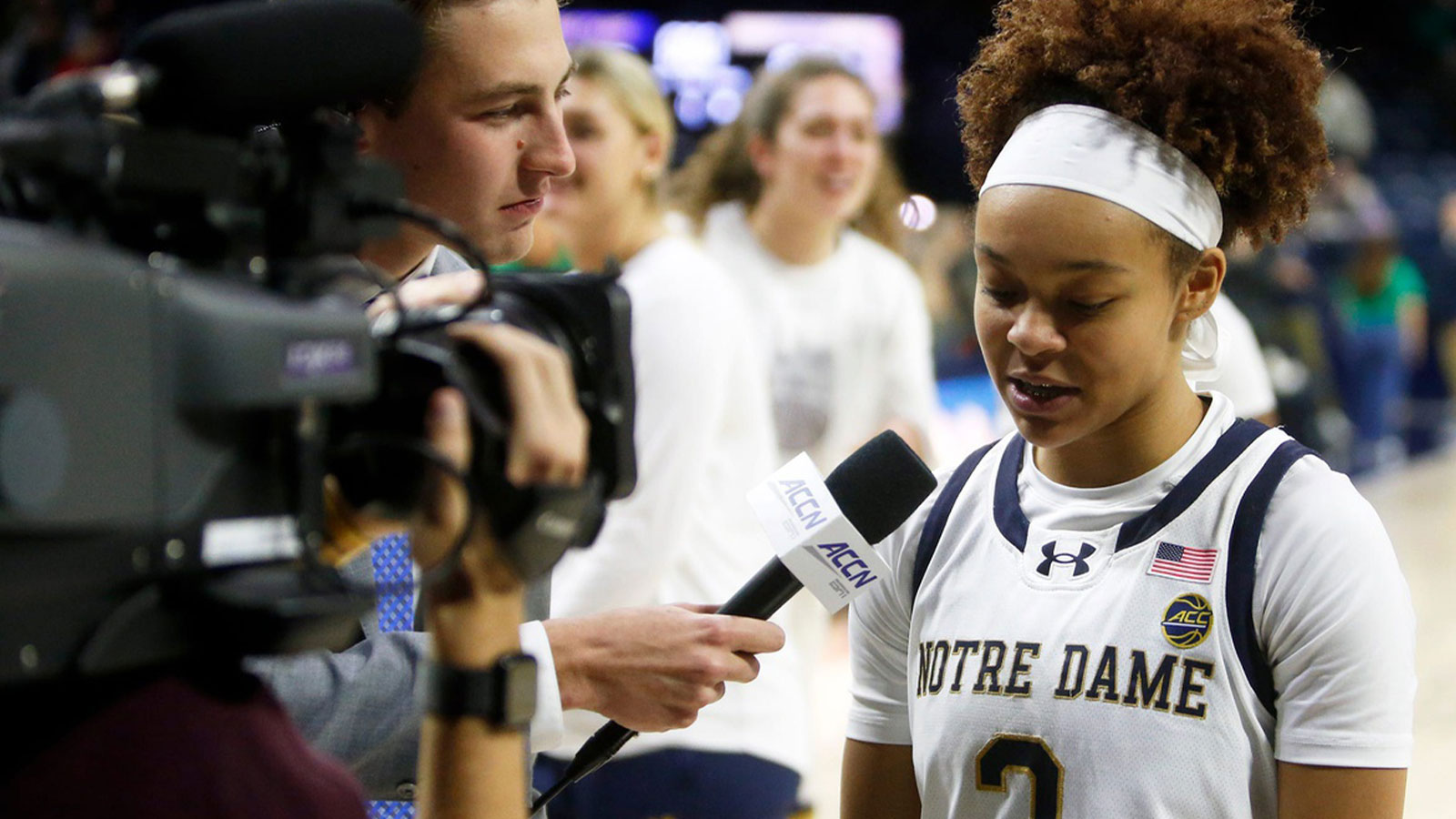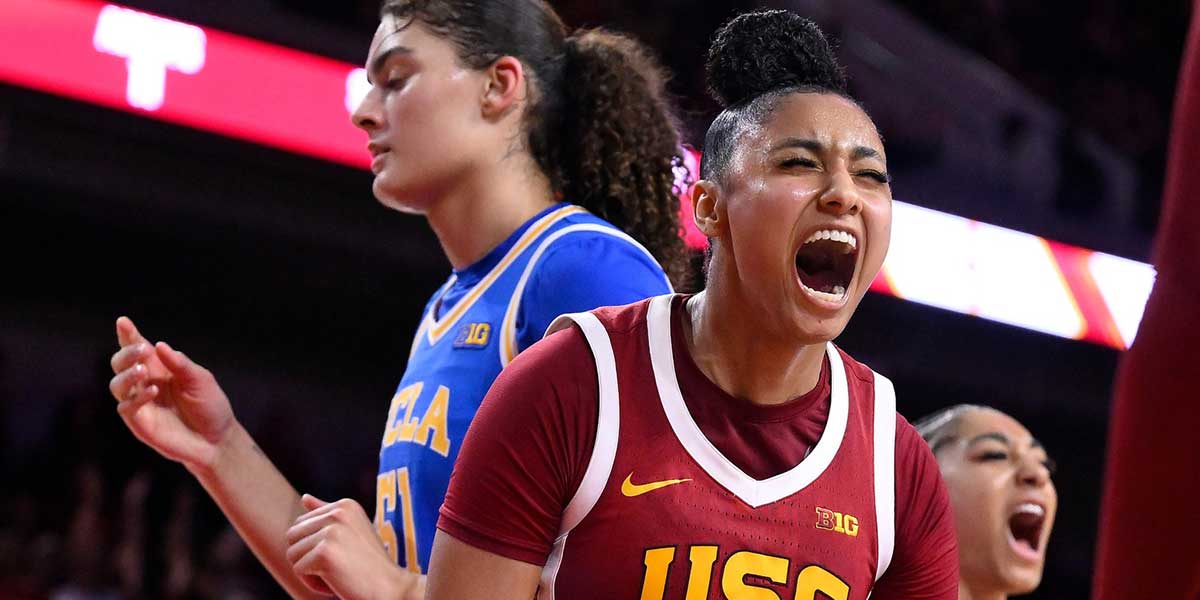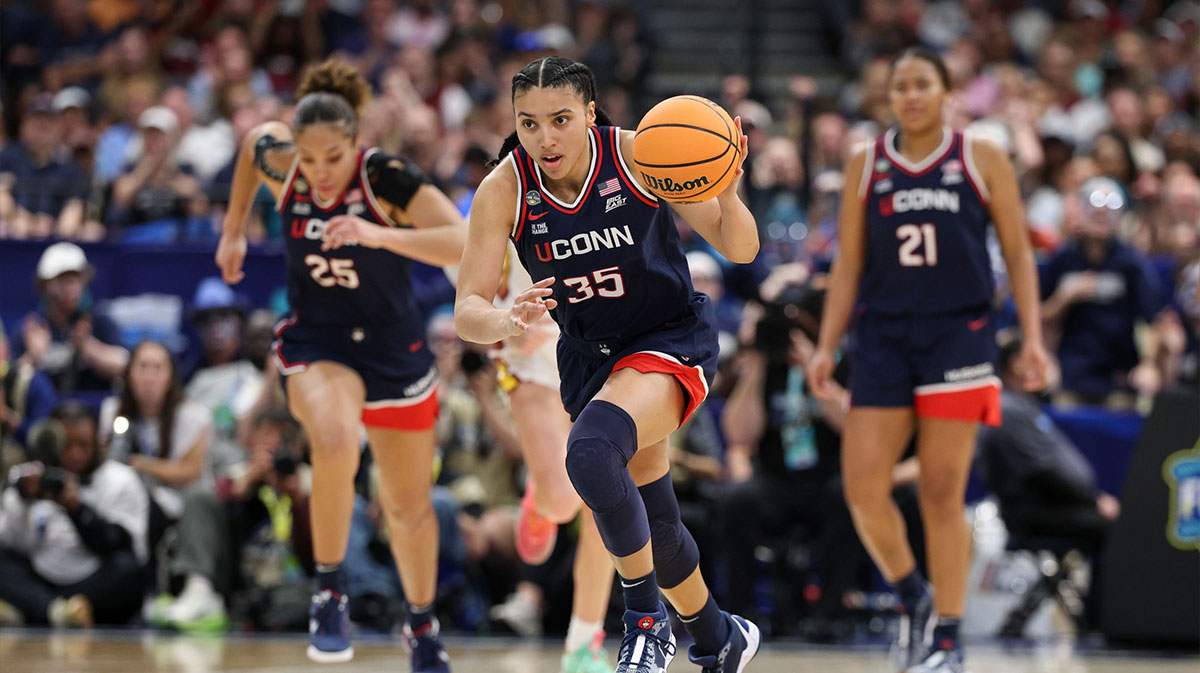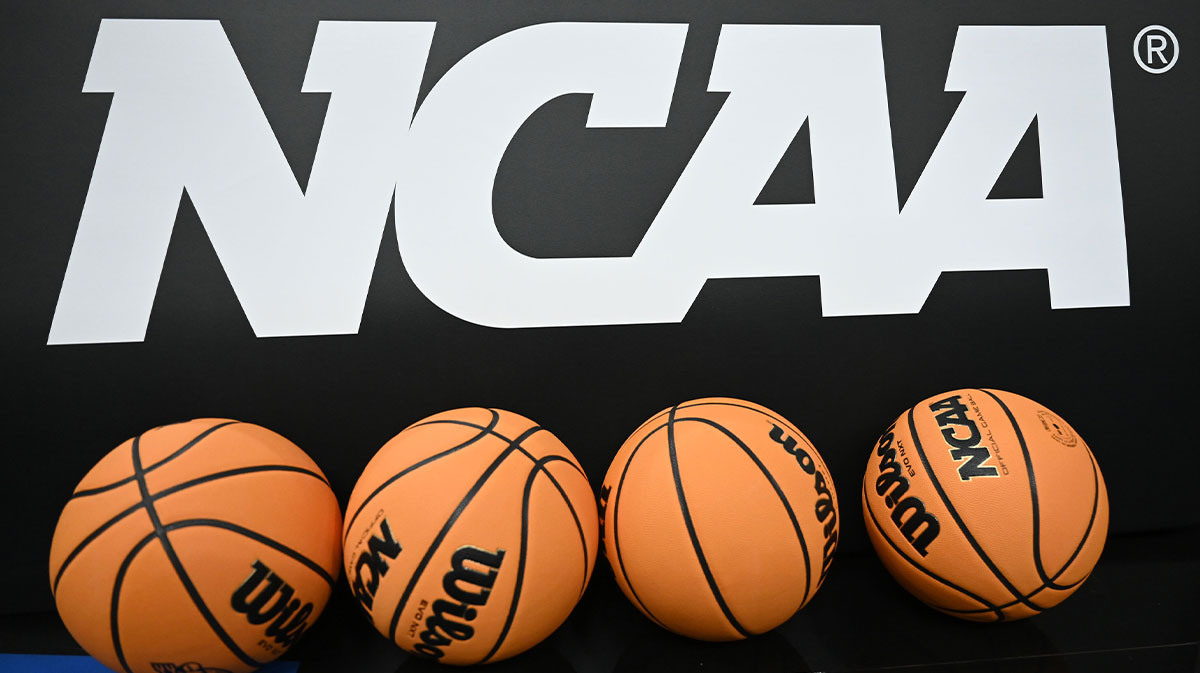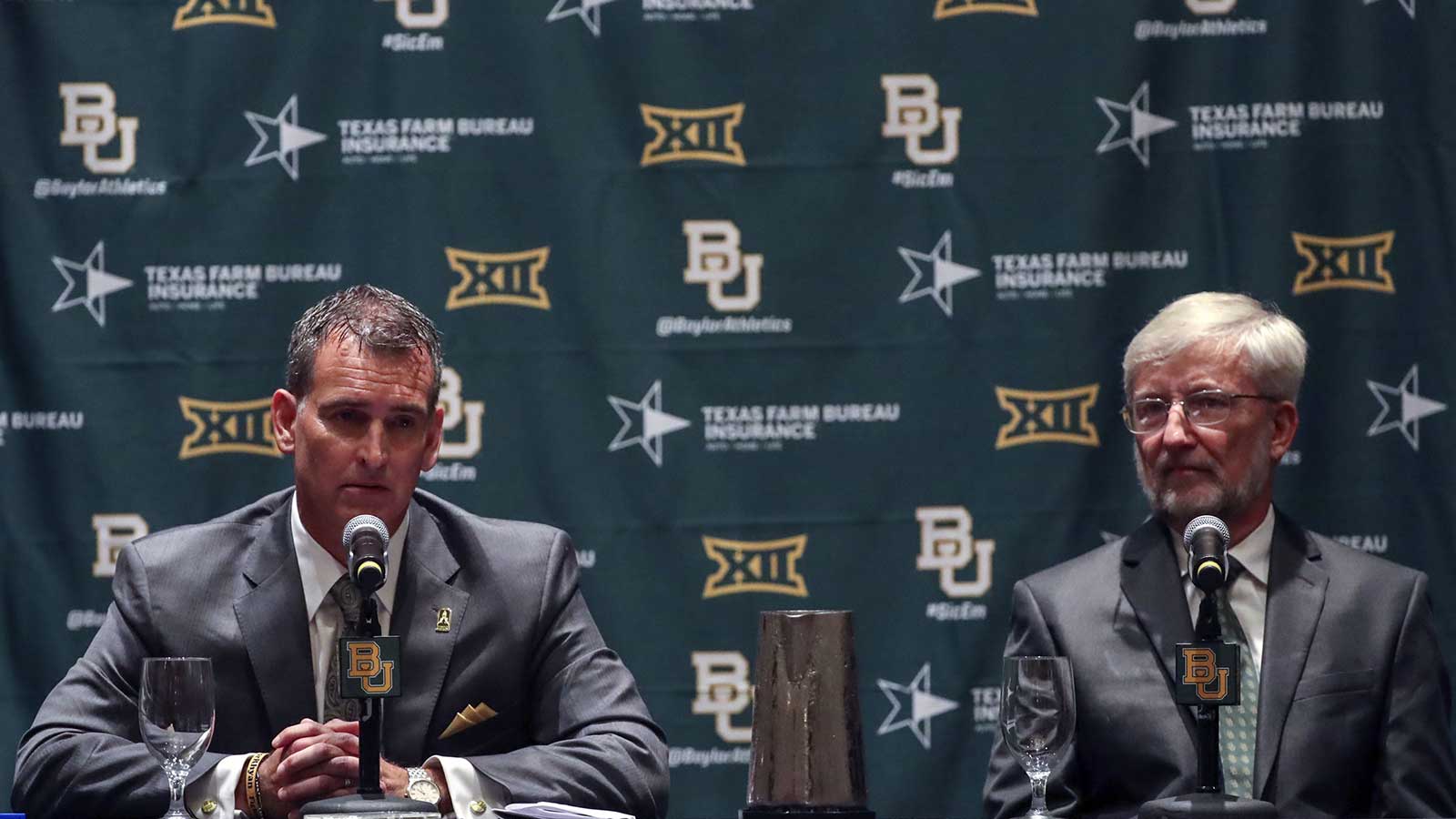When Nick Saban defended Alabama on College GameDay by declaring, “Let me speak for Alabama. We better too,” his instincts proved correct.
Saturday afternoon in Tuscaloosa marked the first major stumbling block for Vanderbilt's dream season as the No. 16 Commodores fell 30-14 to No. 10 Alabama. It was a game that brought to mind last year's matchup, but only with reversed roles.
After the 2024 victory (40-35), Vanderbilt stood at Bryant-Denny Stadium full of self-confidence. However, all that turned into mist within a few moments as mistakes and poor execution robbed them of their upset bid.
Even though the Commodores were able to rally and take a 14-7 lead late in the first half, they looked completely lost in the second half and never got the ball into the end zone again after halftime. Certainly, a commendation to Alabama for getting the better of them in return, though, it was mainly the blame of self-inflicted wounds that caused Vanderbilt's loss rather than being defeated by superior talent. The Commodores squandered their opportunity to make history in an SEC away game by letting two aspects go beyond them.
Diego Pavia's red zone disasters
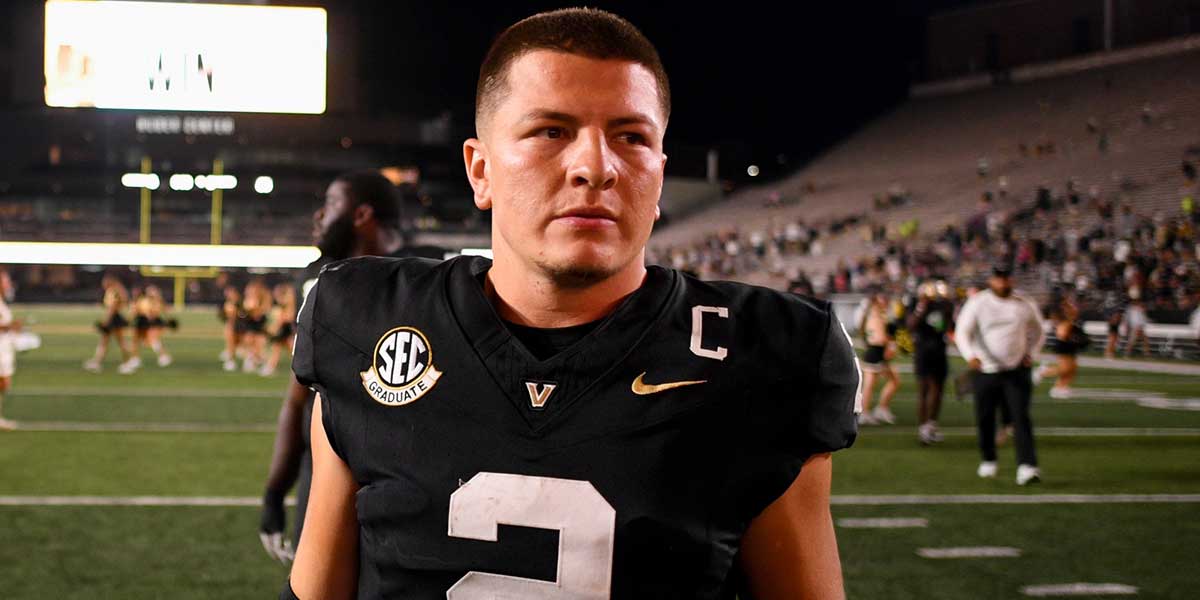
The most disturbing aspect of Vanderbilt's loss was quarterback Diego Pavia's pair of critical turnovers. Entering the game, the Commodores ranked third nationally in red zone touchdown percentage at 86.2%, converting 25 of 29 opportunities. Against Alabama, they managed just one touchdown in three red zone trips, with both other possessions ending in turnovers.
As Vanderbilt led 7-0, the first came late in the opening quarter as the Commodores drove for a two-score lead. As Pavia scrambled at the Alabama 8-yard line, linebacker Justin Jefferson stripped the ball away to prevent a 14-0 deficit. Instead, Alabama marched 92 yards to tie the game.
Even more crushing was Pavia's fourth-quarter interception at the Alabama 17-yard line. Trailing just 20-14 and driving to take the lead, Pavia forced a pass over the middle that safety Keon Sabb intercepted. Alabama immediately responded with points to essentially seal the game.
“You can't turn the ball over twice in the red zone and expect to win,” Pavia admitted postgame. “They won the time of possession, and then I feel like myself, I pressed too hard because I knew that time was limited.”
Abandoning the running game

Vanderbilt's “run to win” philosophy was not seen anywhere when it mattered most. Running back Sedrick Alexander had a good performance, gaining 76 yards on just four first-half carries, including a 65-yard touchdown. Although averaging 7.1 yards per rushing attempt, Vanderbilt's running backs combined for only six total carries the entire game.
Pavia himself rushed the ball 11 times, almost double the running backs’ combined carries. When you are a team built to control the line of scrimmage and wear opponents down, abandoning who you are can be deadly. The choice to throw more often when trailing did not go as planned, especially since Pavia could not find a rhythm throwing the ball.
Head coach Clark Lea acknowledged the offensive struggles: “Offensively, we just seemed to never get rhythm, especially in the second half. So, too many three-and-outs and that allowed them to take the time of possession.”
Time of possession dominated by Alabama

Vanderbilt’s 2024 upset win over Alabama was possible because it had possession of the ball for 42 minutes, which limited the opponent’s offensive possessions. But this time, Vanderbilt only had control of the ball for 22 minutes and 37 seconds.
Alabama quarterback Ty Simpson converted nine of 18 third and fourth-down attempts, which was enough to keep Vanderbilt's offense on the sideline. The Crimson Tide's methodical approach systematically broke down the Commodores' defense while preventing Pavia from establishing an offensive drive.
“We felt the effect of that late, they were able to establish a run game and ultimately wore us out and came away with the win,” Lea noted.
Receiving corps' struggles
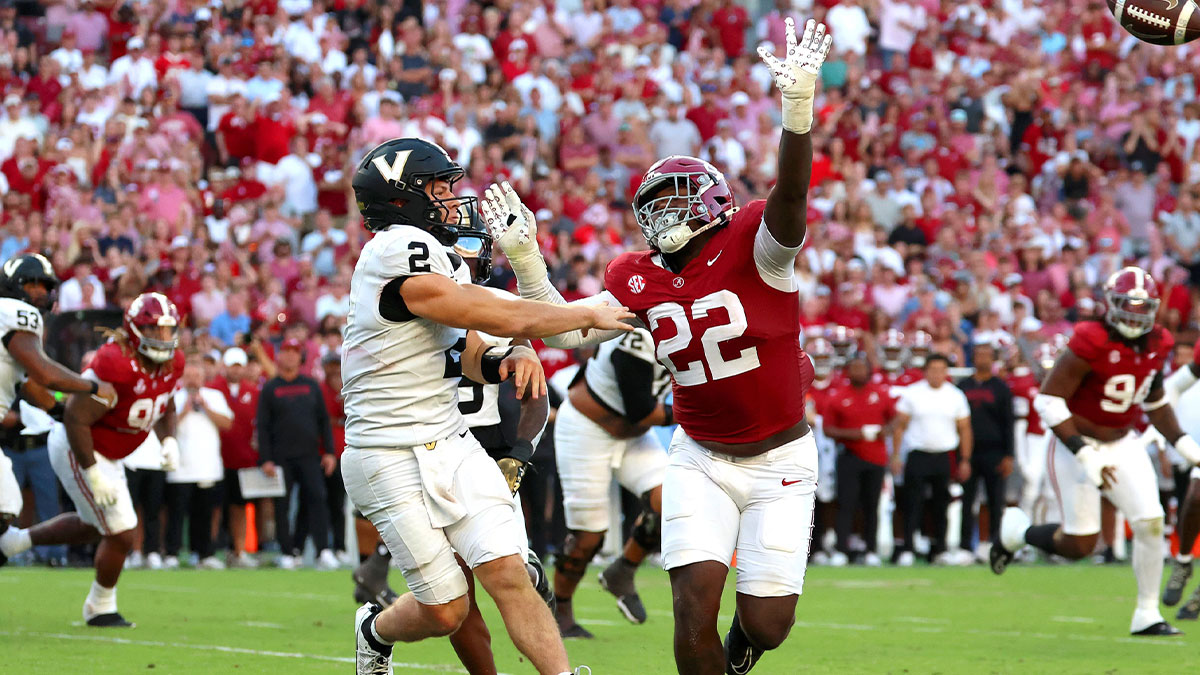
Vanderbilt's receivers, who are usually dependable, found it difficult against Alabama's defensive backs. Tight end Eli Stowers had three catches on seven targets while Junior Sherrill caught six passes on 10 targets. Both players dropped crucial catches at key moments that stalled drives.
Wide receiver Tre Richardson was hardly seen as he caught only two passes on six targets for six yards. These blunders were too costly against elite SEC competition.
Despite the disappointing outcome, Pavia remained defiant: “We've got every single goal that we want in front of us, that's a national championship. Alabama has a loss. We have a loss. A lot of people in the SEC have a loss. We've just got to win out.”
Nonetheless, this defeat revealed major vulnerabilities that they should work on during their rest week prior to hosting LSU on October 18. Vanderbilt showed that they are one of the best teams in the SEC, but turnovers, forsaking their ground game, bad time management and mishandled passes were the final nails in the upset coffin.








